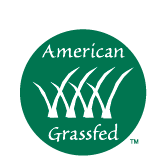Ohio Grass Fed Meats
Ohio ranks 12th in the nation in the number of beef farms. There are 17,733 beef farms – they aren’t referred to as ranches in this part of the Midwest – with 1.26 million beef cattle. That breaks down to $1 billion annually in the sales of cattle and calves. While most of those farms practice conventional agriculture, the number of regenerative farms increases annually.
That’s because consumers are demanding sustainably and humanely raised beef. Educated customers know that the benefits of Ohio grass fed meats extend far beyond the plate. Regenerative ranching improves the soil while helping to combat climate change, the greatest existential threat facing humanity. Regenerative grazing helps repair the damage done to the land, as well as our waterways and air.
Thousand Hills Lifetime Grazed sources our steaks, burgers, and other meat products from local grass fed beef ranchers from the Northeast, Midwest and West. We source, process, and sell beef in its original region, and deliver it to customers from their closest Thousand Hills Regenerative Rancher. Our long-term goal is regenerating as much land as possible nationwide.

Ohio Grass Fed Beef
Ohio contains 12 soil regions, based on soil “parent” materials and the glaciers that once covered the state. Over the years, much prime farmland has been degraded due to intense monoculture or intense tillage. Such practices result in the loss of topsoil and organic matter.
Ohio grass fed beef, raised using regenerative agriculture, helps to restore and rebuild soil. Their manure naturally fertilizes soil rather than using chemical fertilizers. Healthy soils sequester more carbon, helping to keep a prime cause of climate change out of the atmosphere. Roots and plant tissues use that carbon to boost growth.
Grass Fed or Grass Finished?
At Thousand Hills Lifetime Grazed, we provide our customers with only grass fed, grass finished Beef. Don’t be fooled by the similarity in terms. Grass fed and grass finished are not synonymous, but beef labels are confusing.
Just because the package says “grass fed beef” does not mean the animal lived its entire life on grass and forage. Instead, it spent the last few months of its life in a feedlot eating grain and byproducts. Not only is grain fed beef less healthy, but the feedlot experience is stressful on the animal.
In contrast, grass-fed, grass-finished beef cattle spent their lives eating naturally and roaming pastures. If you want to know how your meat was raised, read food labels carefully.
We ensure that every regenerative rancher with whom we partner lives up to our 100% grass fed, grass finished beef standards, so that our customers receive healthy, humanely raised meat.
Ohio Grass-Fed Meats Delivery
If you seek healthy, sustainable food sources, Thousand Hills Lifetime Grazed is the place to shop. Grass fed beef contains far less fat than conventionally raised beef, making it a much healthier food choice. Our 100% Grass Fed Steaks have far more essential omega-3 fatty acids than grain-fed beef. The meat contains no antibiotics, growth hormones, or GMOs. Visit our online store and check out our cost-saving subscription packages!


